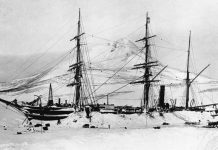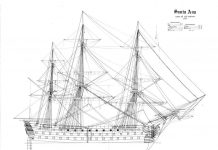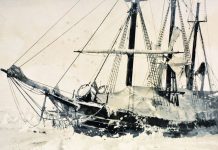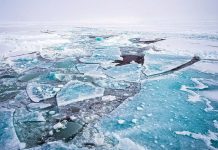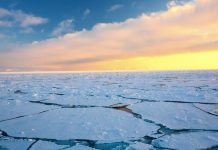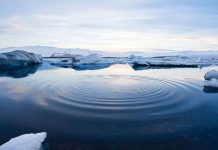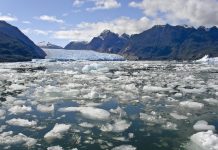Worldwide fame fell on Amundsen like a wave. He is greeted with delight in European countries and in the USA, he gives lectures, publishes his travel notes, which become a bestseller. However, he is still young, full of energy and is not going to rest on his laurels, his new goal is the North Pole.
To get closer to the northernmost point of the planet, he was going to repeat the famous drift of “Fram” Nansen, but repeat it at higher latitudes. The ice would have taken his ship to the vicinity of the pole, and then he would have made a swift dash to the “top” of the planet on dog sleds to install the Norwegian flag on it.
It was a risky expedition, the government could not allocate money for it, so Amundsen officially announced a purely scientific expedition to the Arctic. Thus, the traveler managed to enlist state support, and the king allocated 30,000 crowns from personal funds for the expedition. In addition, Amundsen, with the consent of Nansen, was provided with the vessel “Fram”.
All Amundsen’s plans were destroyed by the Americans Frederick Cook and Robert Peary, who declared that they had already conquered the North Pole. Be the third? — this was absolutely not part of the plans of the famous Norwegian, so the Arctic is currently about the intention to conquer the South Pole. The team takes such a decision of the head with enthusiasm, not a single person got off the ship, although everyone was given such an opportunity. Amundsen telegraphs Robert Scott, whose ship was in Australia, just a few words: “Fram is on his way to Antarctica.” Scott, of course, understands the meaning of this short telegram, it’s an unpleasant surprise for him.
Only in Madeira did Amundsen give his brother Leon letters for King Haakon and Nansen, in which he apologized for the change of course and informed about his plans to conquer the pole, both sides were silent at this meeting.
Amundsen’s intervention in the struggle for the conquest of the pole thoroughly alarmed the Osprey, he understood that he was not dealing with a novice, but with a very serious rival. The English polar explorer is tormented by anxious forebodings, he writes in his diary: “I can’t force myself not to think about the Norwegians in that distant bay.” Although Robert Scott had motorcycle sleds at his disposal, a novelty for that time, he understood that the main components of success would be experience, perseverance, endurance and, to some extent, luck.
Amundsen did not torment himself with thoughts about the possibilities of his opponent, he acted, and very energetically. At regular intervals on the proposed route to the pole, the Norwegians arrange warehouses with food supplies. People undergo constant training, they learn to drive dog sleds, repair sleds, overcome ice cracks. Roald is ruthless towards his subordinates, he understands that such training is not only the key to success in reaching the pole, but also the basis for preserving their lives.



















